- Flat 2, "Merill Court "Fuxa Street 1308 San Ġwann, Malta
For more than a century, the aviation industry has undergone significant change, giving rise to new organizations responsible for setting essential standards and regulations for the aviation sector. These world-renowned bodies include the FAA and EASA. Although FAA-A&P certification and EASA Part 66 have similar paths, there are significant differences.
So let’s explore these divergences to understand the decisions that guide aviation professionals in their careers.
International recognition and compliance: Important distinctions
Among the major distinctions between the two certifications, it is essential to note that the organizations issuing these diplomas differ. This divergence translates into totally different levels of international recognition. The choice between these certifications will therefore depend on individual preferences and career aspirations.
Generally speaking, the usefulness of qualifications varies according to geographical context. In fact, it’s important to note that the FAA-A&P license enjoys special recognition in the United States. The FAA is the regulatory authority for aviation in the USA, and the A&P license is issued in accordance with FAA regulations. While EASA certifications are mainly recognized in Europe, the European Aviation Safety Agency is the entity that regulates civil aviation in the member countries of the European Union, as well as in certain non-EU countries.
Licenses are issued in accordance with specific EASA or FAA regulations, which means that the holder is authorized to carry out maintenance work according to the requirements of the issuing authority.
FAA Versatility vs. EASA Specialization
In the world of aviation, maintenance licenses play an essential role, each with its own nuances and distinctions. On one side, the FAA-A&P license stands out for its versatility, offering maintenance specialists the chance to immerse themselves in a varied world. On the other side, EASA certifications offer a different, more specialized approach.
Among these differences, it’s important to know that the A&P license is a global certification merging Airframe and Powerplant skills into a single certification. To obtain this license, you need to pass demanding written and practical exams. This versatility is crucial in the American aeronautics industry, where technicians may be called upon to work on a variety of aircraft, from airplanes to helicopters.
However, concerning the EASA part 66 license, it’s important to understand that there are several certifications, each allowing you to specialize in a very specific field of action. To better understand this, it’s important to know that there are 4 certifications, and here are their characteristics:
- EASA B1 certification: Authorizes general aircraft maintenance, with skills in mechanics, avionics and electricity.
- EASA Certification B1.1: Specialization in fixed-wing aircraft maintenance, including mechanical and avionics systems.
- EASA B1.3 certification: Focused on helicopter maintenance, covering systems specific to rotary-wing aircraft.
- EASA B2: Authorizes avionics maintenance, focusing on electronic and electrical systems.
Although the EASA license is widely recognized, it does not necessarily have the same value as the FAA A&P license. This is because the EASA license is divided into 4 sub-categories. Therefore, B1.1, B1.3 and B2 certifications are required to be equivalent to the A&P license.
In summary, the FAA A&P license is a more general certification covering both airframe and powerplant work and is recognized mainly in the USA. In contrast, the EASA B1.1 license is more specialized, with separate categories for airframe and powerplant work, and is recognized in all EASA member states in Europe. Specific privileges and requirements may vary, and those seeking certification should refer to the most recent regulations and standards of the respective aviation authorities.
FAQ
What are the main differences between EASA B1, B2, and FAA-A&P certifications?
The main differences lie in specialization. EASA B1 covers avionics, B2 covers electronics, while FAA-A&P combines both.
What careers are accessible with these certifications?
Holders can work in various sectors, including airlines, repair centers, and even as independent contractors.
Can I obtain certification while working?
Yes, many candidates obtain these certifications while working. Online courses offer flexibility for learning.
Is online training available for these certifications, and how can 360 Aviation Life support my learning journey?
Absolutely! 360 Aviation Life offers comprehensive online courses, providing flexibility and expert guidance for your EASA B1, B2, and FAA-A&P certification preparation.



